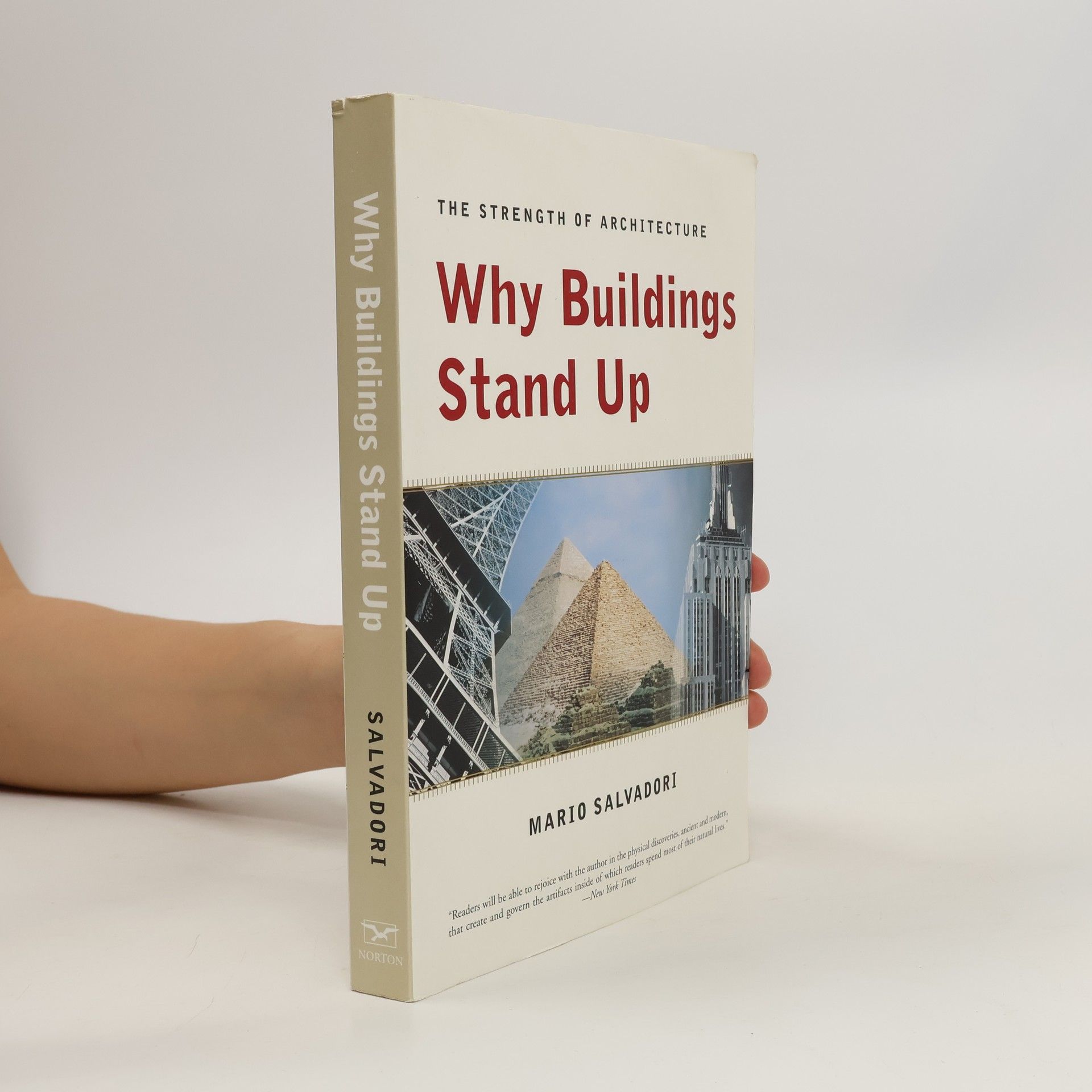Why Buildings Fall Down
- 336 páginas
- 12 horas de lectura
The authors examine buildings of all kinds, from ancient domes like Istanbul's Hagia Sophia to the state-of-the-art Hartford Civic Arena. Their subjects range from the man-caused destruction of the Parthenon to the earthquake damage of 1989 in Armenia and San Francisco.

